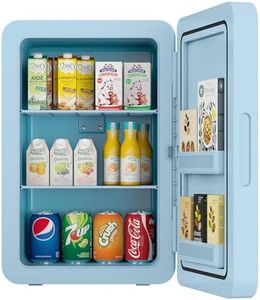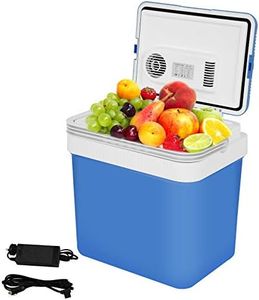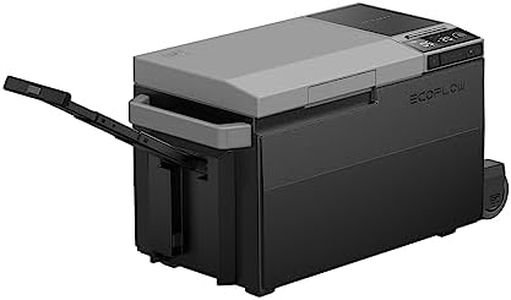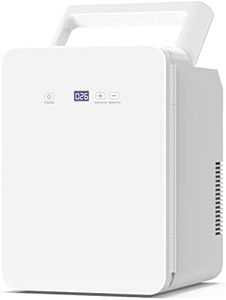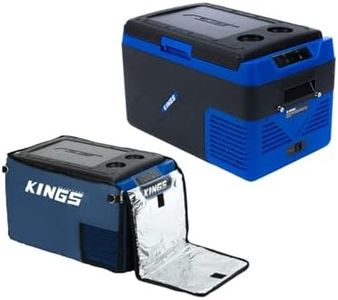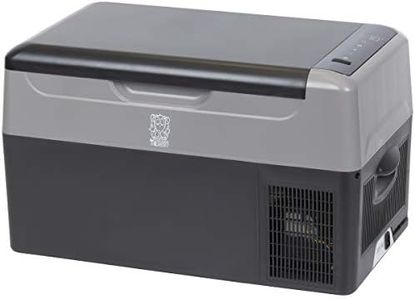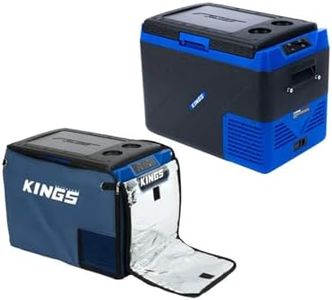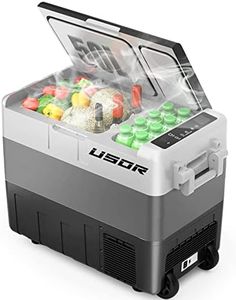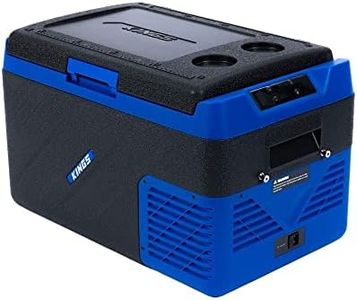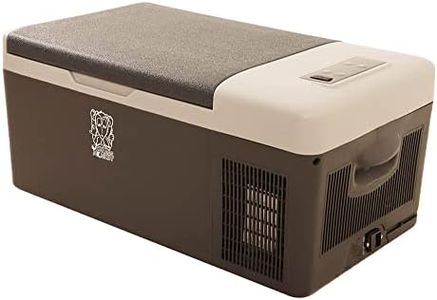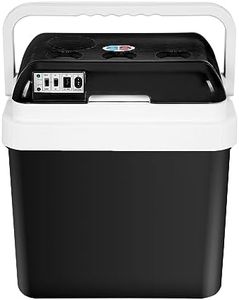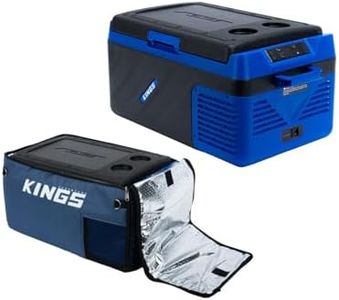We Use CookiesWe use cookies to enhance the security, performance,
functionality and for analytical and promotional activities. By continuing to browse this site you
are agreeing to our privacy policy
10 Best Electric Coolers
From leading brands and best sellers available on the web.Buying Guide for the Best Electric Coolers
When choosing an electric cooler, it's important to focus on how you plan to use it and for how long you need your food and drinks kept cool. Electric coolers plug into your car or a wall socket, making them handy for road trips, camping, or even as extra fridge space during gatherings. Consider your space, travel habits, and what exactly you'll be storing, as these factors will help you narrow down which features matter most.Capacity (Liters or Quarts)Capacity tells you how much the cooler can hold, usually measured in liters or quarts. This matters because a small cooler might only fit lunch and drinks for one or two people, while a larger capacity is better for families or longer trips. For single users or day trips, something around 20-30 liters is usually enough. For families, group outings, or extended trips, look at models in the 40-60 liter range. Think about what you usually need to store—sandwiches, bottles, snacks—so you don’t end up with something too cramped or unnecessarily bulky.
Power Source (12V, 24V, AC, Dual)The power source refers to how you plug in your cooler—typically using your car's cigarette lighter (12V), a standard wall outlet (AC), or sometimes both. Some coolers also support 24V sockets for trucks. If you mainly plan to use the cooler in your car, a 12V model is key. For more flexibility, look for dual-power units that work both in your vehicle and at home. Choose based on where you'll use it most, so you always have a convenient power option.
Cooling Performance (Temperature Drop or Range)Cooling performance is how well the cooler can lower or maintain the temperature inside compared to the outside air. Some coolers just keep things a certain degree below ambient temperature (thermoelectric models), while others can hit fridge or freezer-like temperatures (compressor models). If you need reliable cold for perishable things or ice cream, go for compressor types that can freeze; for snacks and drinks, a thermoelectric model may suffice. Your needs—just keeping drinks cool versus safe food storage—should guide this decision.
Portability (Weight, Handles, Wheels)Portability includes how heavy the cooler is and how easy it is to carry. Heavier models might be tough to move when full, so check if the cooler has sturdy handles or built-in wheels, which make transportation much easier. If you’ll be lugging the cooler far from your car or up stairs, a lighter, wheeled model is the best fit. For mostly stationary use, you might not need wheels but check that the handles are comfortable.
Power ConsumptionPower consumption tells you how much energy the cooler uses. This matters if you plan to run it for long periods on your car battery or with solar panels. Lower power use means less strain on your power source. Check this spec if you’ll be off-grid or want to leave the cooler running in a parked car—make sure your car or other power supply can handle the workload without straining the battery.
Extra Features (Heating, Digital Controls, USB Ports)Extra features make using the cooler more convenient. Some coolers can switch from cooling to heating, which is handy for keeping food warm during trips. Digital controls let you set and see the temperature more precisely. Some models even come with USB ports to charge devices. Decide which extras would actually be useful in your typical usage—for instance, heating if you carry hot meals, or digital controls for precise temp management.
